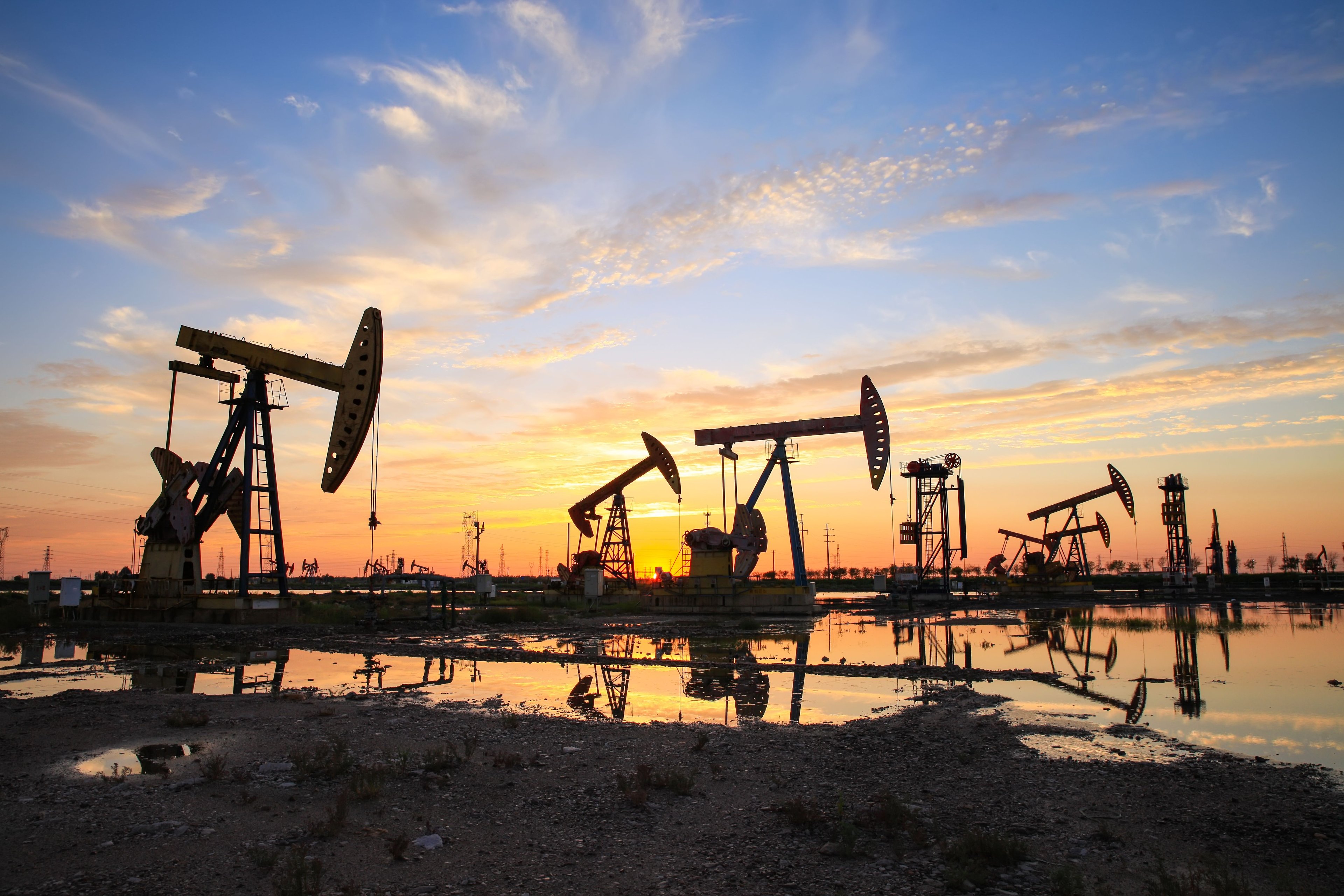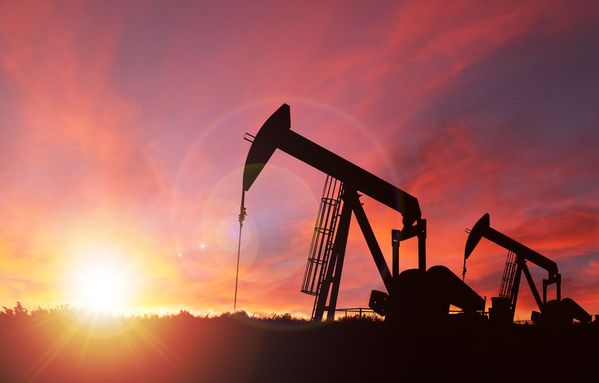Helmerich & Payne (HP 0.47%) had an enviable dividend record, having increased its payment annually for an incredible 47 years. That put it in rare company, one of just 140 or so corporations that had managed to increase dividends for at least 25 years.
That all came crashing to a halt on March 31, 2020, when management announced a 65% dividend cut. Here's what went wrong at Helmerich & Payne, and what it may mean for the energy sector more broadly.
A tough market under normal conditions
Helmerich & Payne is an energy services company, building and operating oil and natural gas drill rigs for energy companies looking to exploit the resources they own. Oil prices, driven by supply and demand dynamics, are prone to swift and often sizable price swings, with upstream companies often pulling back sharply during downturns. When exploration and development activity dries up, demand for energy services, like those offered by Helmerich & Payne, usually goes with it. But the energy industry is a highly cyclical industry by nature, and the dynamics here reverse in a big way when energy prices rise.

Image source: Getty Images
This is one of the key reasons why Helmerich & Payne's dividend history was so impressive. Increasing dividends annually for 47 years in an industry prone to big ups and downs is no small feat. Its ability to achieve that record is partially thanks to its conservative and proactive culture. For example, Helmerich & Payne's financial debt to equity ratio is a very modest 0.10 times. That's well below the levels of its closest peers, and provides ample room on the balance sheet to work through hard times.
It also has demonstrated a long-standing commitment to maintaining a fleet of industry-leading rigs. Today it has more so-called "super spec" rigs, which are more efficient and functional than older options, than any peer in the U.S. drilling space. In fact, even as domestic drilling pulled back following the last deep price decline, Helmerich & Payne has actually increased its domestic market share from around 15% to 24%. The key differentiator is a focus on maintaining a leading-edge portfolio of rigs.
But Helmerich & Payne's business model didn't change on March 31. It still has low leverage and a great fleet of rigs. What changed was the market. And while it wasn't an overnight change, the hit to demand has come fairly swiftly.
The U.S. emerges and recedes
Helmerich & Payne's primary focus is serving U.S. onshore exploration companies. Roughly 90% of its rigs are in this market. This was a good focus to have as domestic oil output grew over the last decade or so. It had its ups and downs, as is usual for the oil sector, but demand for quality rigs was generally solid.
However, as the United States' oil production increased, it changed the global supply/demand balance. OPEC had been working to deal with this issue by curtailing output, but U.S. production simply filled the void left behind. Eventually OPEC and partner Russia ended up disagreeing over further cuts, and instead opened up the spigots. A price war broke out, and energy prices plummeted.
At roughly the same time, COVID-19 was starting to spread across the globe. In an effort to slow the virus down, countries enacted strict social distancing measures. The big-picture effect here was that economic activity the world over has come to a virtual standstill. That led to a rapid, practically overnight, drop in demand for oil. More oil at a time when demand was falling resulted in even lower prices. Worse, the extra oil has been put into storage. That surplus supply will have to be worked off before energy prices can recover in any material fashion.
Ups and downs in the energy industry are normal, but this confluence of events has resulted in an extreme situation. In fact, futures contracts for oil have actually gone below zero. This is a painful situation for oil companies, but it is also likely the quickest way to get the industry back on its feet: Exploration and production companies will be forced to pull back sharply on their drilling, and weaker players will go bankrupt. The end result will be a material decline in production that helps to balance out supply and demand. That, in time, will help to get oil prices rising again.
The near-term hit, however, is likely to be very painful. Expecting a drastic decline in demand for its services, Helmerich & Payne is acting proactively by reducing its capital spending plans and conserving cash. The roughly 65% dividend cut, for example, should save the company around $200 million a year.
Here's the thing, though: Helmerich & Payne is a financially strong industry leader and has long operated in a conservative manner. If these are the types of things it is doing to survive through this oil pullback, imagine what other companies that aren't in as good shape are going to face as U.S. onshore production rebalances.
A painful hit, with more to come
Helmerich & Payne's choice to cut the dividend was the right one for the company. Investors counting on the dividend won't appreciate it, of course, but the current oil downturn is going to be more brutal than normal because demand has basically fallen off a cliff.
This company's choice, however, should be viewed as a warning sign for the entire U.S. energy sector. If Helmerich & Payne is worried enough to end its 47-year dividend streak, there is likely to be a lot more pain ahead before things get better again. If you own energy companies or services firms, you may want to reassess your positions. It's time to stick with the biggest and strongest names, like Chevron or ExxonMobil.





